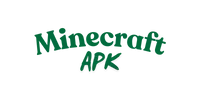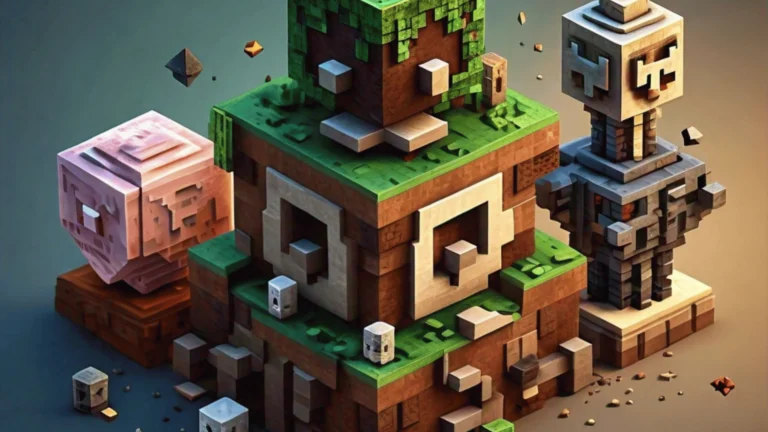The Ultimate Guide to Installing Texture Packs in Minecraft
Introduction to Minecraft Texture Packs
Minecraft texture packs (now known as resource packs) are an essential way to enhance the visual experience of the game. These packs allow players to change the textures of blocks, mobs, and the environment to create a more personalized look or improve graphical performance. Whether you’re aiming for a realistic look, a cartoonish vibe, or something entirely unique, texture packs have you covered.
In this guide, we’ll walk you through everything you need to know about texture packs in Minecraft: how to download, install, and activate them on both Windows and other platforms, plus some key recommendations and tips for using texture packs effectively.
Why Texture Packs Matter in Minecraft
Texture packs can completely transform your Minecraft world. From improving performance with simplified textures to enhancing immersion with highly detailed designs, texture packs offer a unique way to enjoy the game. Here’s why they matter:
- Customization: They let you craft a Minecraft world that matches your aesthetic.
- Performance: Some packs reduce the texture size to boost game performance on lower-end systems.
- Immersion: They help create different atmospheres, whether you’re going for a medieval fantasy, sci-fi, or cartoonish feel.
How to Download and Install Texture Packs
Before diving into the installation steps, make sure you are running Minecraft: Java Edition, as the process differs from the Bedrock version. Follow these steps to add a texture pack to your game.
Step 1: Create a Texture Resource Pack Folder
First, ensure you have a dedicated folder where you’ll store your downloaded texture packs. Navigate to your Minecraft directory (found in C:\Users\[YourName]\AppData\Roaming\.minecraft\) and look for the “resourcepacks” folder. If it doesn’t exist, create one.
Step 2: Download the Texture Pack
Next, head to trusted Minecraft resource sites such as CurseForge or PlanetMinecraft to browse for texture packs. Make sure the pack you’re downloading matches the version of Minecraft you are playing. Simply click the download link and save it to your resourcepacks folder.
Step 3: Extract the Texture Pack (If Necessary)
If the texture pack comes as a .zip file, you don’t usually need to extract it. Minecraft can read .zip files directly, so just place the .zip file in the resourcepacks folder.
Step 4: Activate the Texture Pack
To activate the downloaded pack, launch Minecraft, navigate to “Options,” then click “Resource Packs.” You’ll see your downloaded texture pack listed on the left. Click the arrow next to it to move it to the “Selected Resource Packs” column on the right. Click “Done” to apply the texture pack, and Minecraft will automatically reload with the new textures.
Step 5: Installing on Windows
For Windows users, the process is straightforward as long as you’re using the correct Minecraft directory. Follow the same steps outlined above, ensuring that the .zip file is placed in the resourcepacks folder within the Minecraft directory.
Recommended Texture Packs for Minecraft
While there are countless texture packs available, here are a few that are particularly popular among players in 2025:
- Faithful: This pack stays true to Minecraft’s original textures but enhances them with higher resolution and subtle improvements.
- Sphax PureBDCraft: Known for its vibrant colors and comic-book-like style, it’s perfect for players who want a playful look.
- Soartex Fanver: A smooth and clean texture pack that gives a fresh, modern feel to Minecraft while keeping the essence of the original game.
Pros and Cons of Using Texture Packs
Before you jump into using texture packs, it’s important to consider both the benefits and the potential downsides.
Pros
- Visual Variety: Enhance the aesthetics of your Minecraft world in endless ways.
- Better Performance: Some packs, designed for low-spec machines, help reduce lag and improve gameplay.
- Enhanced Immersion: Make your game more enjoyable by creating a world that fits your theme or play style.
Cons
- Performance Drops: High-resolution packs may cause lag or performance issues, especially on lower-end PCs.
- Incompatibility: Texture packs may not always be compatible with newer versions of Minecraft, requiring updates.
- Complexity: Some packs may require manual adjustments, such as shaders or mods, to function properly.
Conclusion
Texture packs are a fantastic way to customize your Minecraft experience, making your gameplay more exciting and visually appealing. With the proper steps, you can easily download and install packs, experiment with different textures, and find the perfect look for your world. Whether you’re after performance boosts or pure aesthetics, the Minecraft texture pack world is full of possibilities.
FAQs – Frequently Asked Questions
Q: Are Minecraft texture packs free?
A: Many are free, but some creators offer premium packs that come with additional features or higher-quality textures.
Q: Will installing texture packs slow down my game?
A: It depends on your computer’s specs. Higher-resolution packs can use more resources and may cause lag on older machines.
Q: Can I use texture packs on Minecraft Bedrock Edition?
A: Yes, although the process differs slightly, and you need to download packs from the Minecraft Marketplace.

